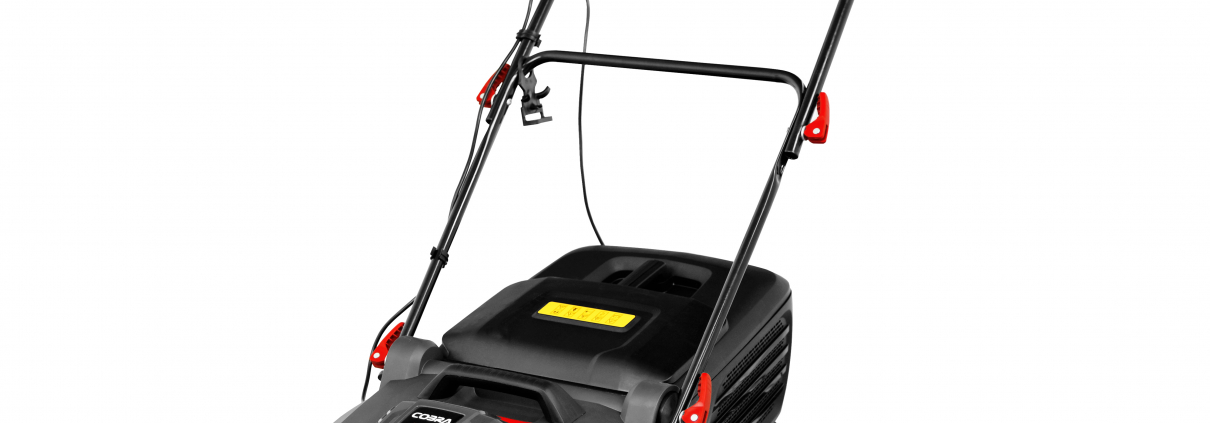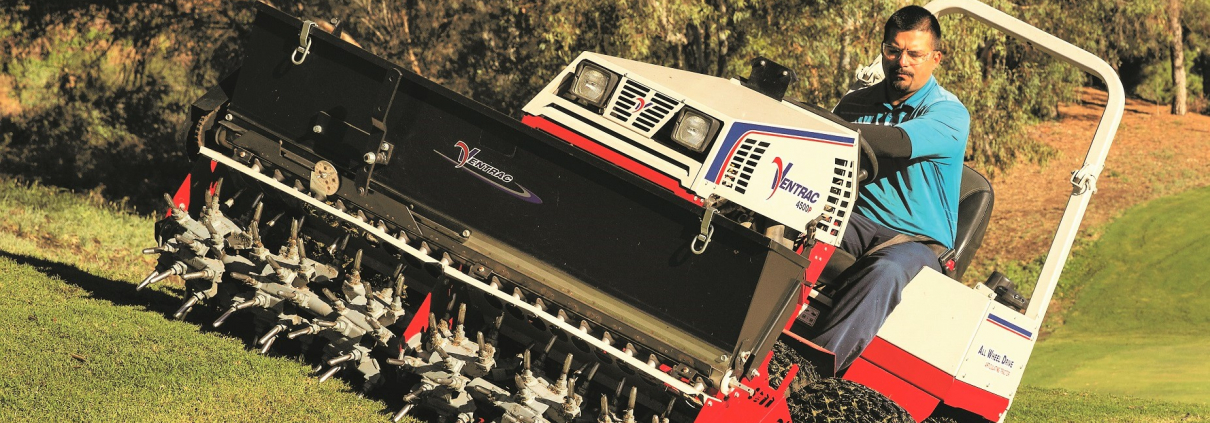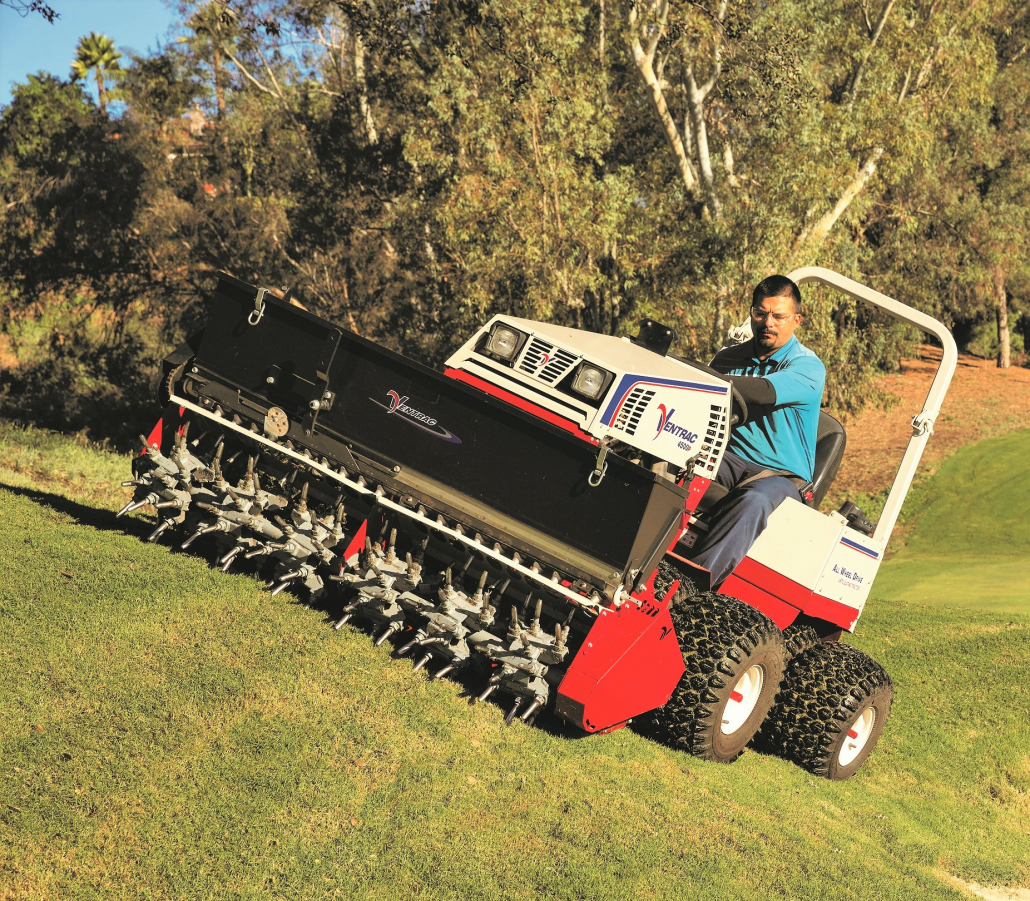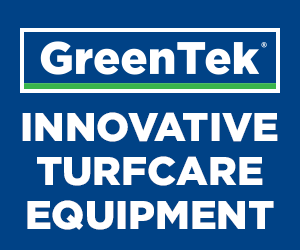Scarify and aerate with Cobra
Scarify and aerate with Cobra: The Cobra SA40E electric scarifier is fully equipped for removing unwanted moss and thatch from lawns, and comes with a scarifying drum and a bladed aerator that can be easily swapped for ultimate flexibility.
The brand proudly boasts the title of having the UK’s largest range of powered lawnmowers and continues to develop its products to further its position as the expert in the lawncare market. The SA40E lawn scarifier is the latest extension of this.
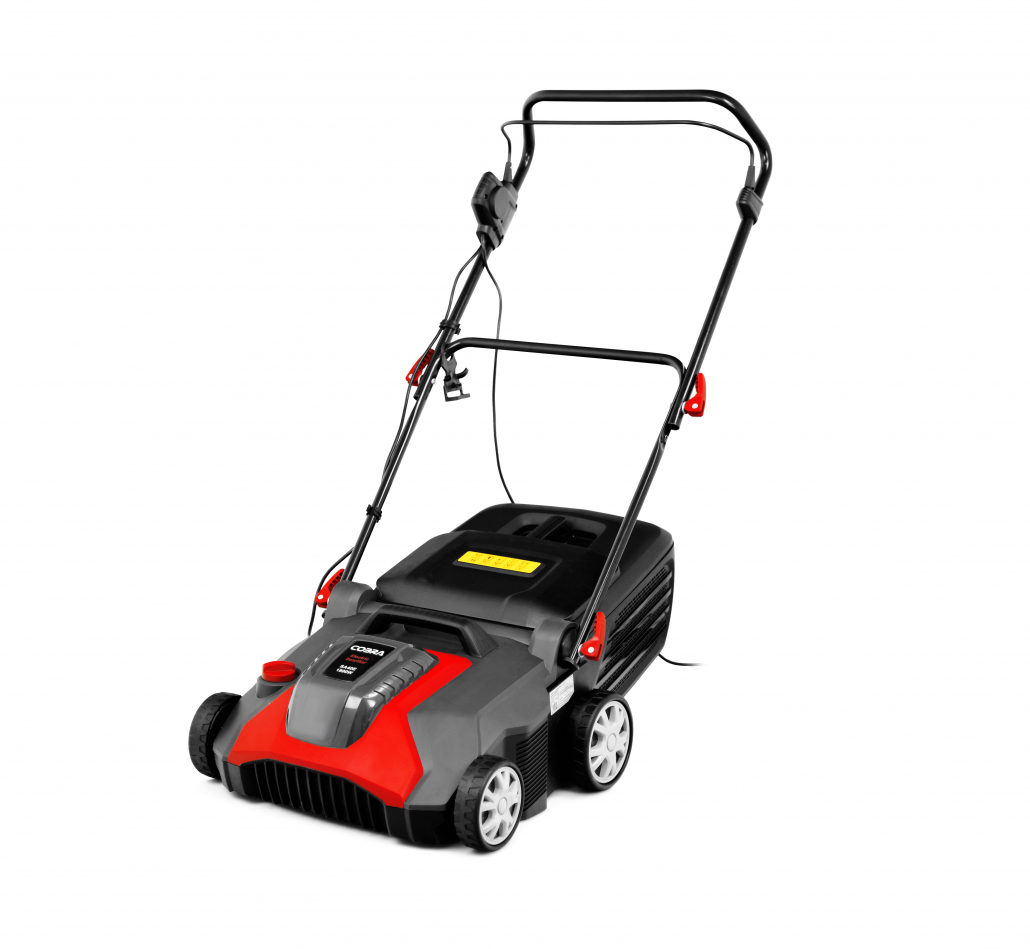
Scarify and aerate with Cobra
The machine is powered by a 1800 watt motor and has just under a 16 inch working width. Debris is collected in a sizable 40 litre collection bag, made from a fabric that allows free air flow, resulting in more compact collection and fewer stops to empty.
The 10 meter long cable ensures scarifying of domestic gardens without the need of an extention lead, and the height is adjustable between four settings from -12mm to 8mm.
The Cobra scarifying drum has a series of sharp spring tines that rotate at high speed and rake the turf, whilst the bladed aerator has 14 high quality steel blades to alleviate soil compaction by cutting into the turf vertically.
Peter Chaloner, managing director of Cobra, said: “Cobra scarifiers are packed with innovative, ground-breaking features to help you maintain your garden with minimum time and effort. The SA40E is ideal for fast removal of unwanted moss, thatch, weeds and other debris. Using it just once a month will result in more room for your grass to grow. This improves water, feed and oxygen penetration that results in better quality, stronger roots, meaning a more resilient lawn.”
For gardeners looking for a solution to end hours of raking, forking and scraping to create the perfect lawn, the SA40E is the ideal option.
Cobra products are available to buy online at www.cobragarden.co.uk or via a network of expert dealers across the UK.
RRP: £159.99
For the latest industry news visit turfmatters.co.uk/news
Get all of the big headlines, pictures, opinions and videos on stories that matter to you.
Follow us on Twitter and Instagram for fun, fresh and engaging content.
You can also find us on Facebook for more of your must-see news, features, videos and pictures from Turf Matters.

